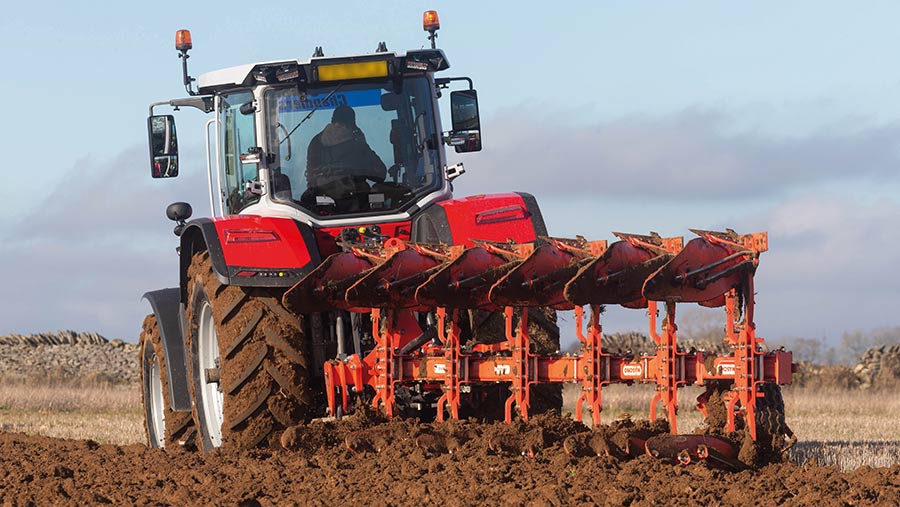Business Clinic: Carbon calculators – where do I start?
 © Tim Scrivener
© Tim Scrivener Whether it’s a legal, tax, insurance, management or land issue, Farmers Weekly’s experts can help.
Sam Hagon, a rural surveyor with Carter Jonas, suggests how to set out on the carbon calculation trail.
Q. There is a lot of talk about so-called “carbon calculators”. Should I be calculating my carbon and, if so, how on earth do I go about choosing the right calculator?
See also: How do three main farm carbon calculators compare?
A. The government has set targets to achieve carbon net zero by 2050, and the NFU’s target for net-zero agriculture is 2040 so, whatever happens, we are all going to have to address our greenhouse gas (not just carbon) emissions in the near future.
Farmers and rural landowners are in a good position to be able to provide carbon sequestration (taking carbon out of the atmosphere) and, therefore, are in a fairly unique position of being able to offset their own carbon.
Potential market
There are not currently, however, many real ways that farmers can earn an income from providing this service, but the emerging agricultural policy, as well as an increased societal consciousness of the need to protect the environment, points towards a growing market.
This provides an opportunity for business owners (whether that business is focused on food production or diversified income streams) to differentiate themselves from their competitors.
It may even become a requirement for some consumer standards.
Calculating emissions
On farms, however, it is often the emission of methane and nitrous oxides which are more significant than carbon dioxide, and this, combined with land being able to act as a greenhouse gas sink or source, is why it is so difficult to calculate the baseline information and why there isn’t currently a one-size-fits-all calculator.
This is a big problem for farmers, because even the market-leading calculators such as Agrecalc, the Cool Farm Tool and the Farm Carbon Toolkit will provide different answers for the same farm.
Some companies – such as Carbon Metrics – will suggest the two most relevant tools for your farm and run your farm through both to produce an aggregate result.
There is talk in the industry of standardising carbon calculation, but there is little detail on what form this will take or, indeed, how likely this is.
Whether this is a government-backed tool, or simply a standard way of measuring so that different tools would be working from the same basic information, we think this would be invaluable.
Record-keeping
But what should a farmer do now?
Our suggestion is first to keep all your records as carefully as possible because, whatever calculator you use, it will require a lot of detailed information on fuel and electricity use, numbers of livestock, use of fertiliser, manure and so on.
Therefore, record-keeping will be important to help answer the questions as painlessly as possible. In time, everyone may need to calculate their baseline greenhouse gas emissions.
Indeed, there may be advantages in being able to use your historic information so that you can capture the benefit of any changes you may have recently implemented. So, keeping good records now may be helpful in future.
Carbon reduction/capture potential
Although farmers are at an advantage in being able to sequester carbon on site, that may come at a cost (or in some cases a saving) to the business – but so too will the need for other types of business to buy in offsets from elsewhere.
Therefore, gaining a clear understanding of your baseline position and the potential carbon sequestration opportunities for you to reach net zero, to identify how many spare carbon credits there may be on your land, will be very important.
In this context, you may find keeping the carbon “on farm” will be the most cost-effective option in the long run. So, before entering into an agreement with a third-party business, carefully consider how much carbon reduction/capture potential you ought to be keeping back.
As an aside, working out your carbon potential may point out other environmental opportunities.
Therefore, the sooner you can get a grasp of the baseline information the better, but this brings in to sharp focus the need for a standard method for the industry.
Otherwise everyone will be comparing “carbon calculator apples” with “carbon calculator oranges”, which will not help anyone achieve the goals which are necessary to address climate change, nor the credibility of everything we are being asked to do.
